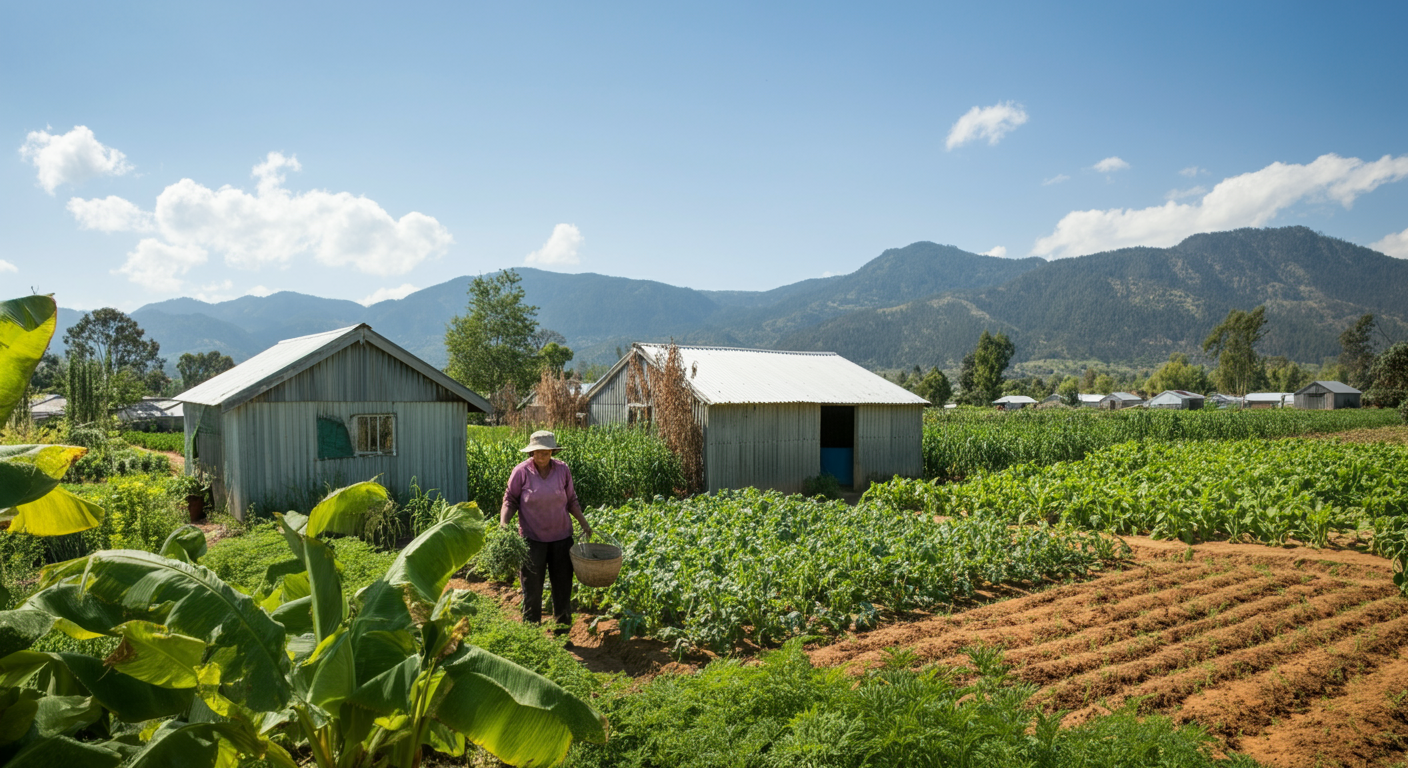How Urbanization Affects Farming Communities
Urbanization is an inevitable part of modern development, as more people move to cities in search of better opportunities, education, and infrastructure. While this shift brings economic growth and technological advancement, it also has profound effects on farming communities. The relationship between urban expansion and agriculture is complex, with both challenges and opportunities arising from this transformation.

The Challenges of Urbanization on Farming
1. Loss of Agricultural Land
As cities expand, farmland is often converted into residential areas, commercial zones, and industrial hubs. This reduces the amount of arable land available for food production, forcing farmers to either relocate or abandon their livelihoods. In some cases, fertile soil is lost permanently to concrete and asphalt, making it difficult to restore agricultural productivity in those areas.
2. Increased Cost of Farming
Urban growth drives up land prices, making it harder for small-scale farmers to afford or retain their land. Additionally, the rising cost of living in peri-urban areas can strain farming families, who may struggle to compete with urban wages. Many young people leave rural areas for city jobs, leading to an aging farming population and labor shortages.
3. Water Scarcity and Pollution
Cities require vast amounts of water, often diverting resources from agricultural use. Competing demands can lead to water shortages for irrigation, affecting crop yields. Urban runoff—contaminated with chemicals, plastics, and waste—can also pollute nearby farmland, degrading soil quality and harming livestock.
4. Market Pressures and Changing Demand
As urban populations grow, food preferences shift toward processed and imported goods, sometimes at the expense of local produce. Small farmers may find it difficult to compete with large agribusinesses that supply supermarkets, pushing them out of traditional markets.
Opportunities Amidst Urban Growth
Despite these challenges, urbanization also presents new possibilities for farming communities.
1. Access to New Markets
Proximity to cities allows farmers to sell directly to urban consumers through farmers’ markets, community-supported agriculture (CSA) programs, and farm-to-table restaurants. This can lead to higher profits and stronger connections between producers and consumers.
2. Technological Advancements
Urban-driven innovations, such as precision agriculture, vertical farming, and hydroponics, can help farmers maximize yields on smaller plots of land. Digital tools also enable better supply chain management, helping farmers reach broader markets efficiently.
3. Sustainable Urban Farming
Some cities are embracing urban agriculture, integrating rooftop gardens, community plots, and greenhouses into urban planning. This not only provides fresh food but also strengthens local food security and reduces transportation emissions.
4. Policy and Community Support
Governments and NGOs are increasingly recognizing the need to protect farmland through zoning laws and agricultural subsidies. Community initiatives, such as land trusts and cooperative farming, can help preserve rural livelihoods while adapting to urban influences.
Finding Balance in a Changing Landscape
Urbanization doesn’t have to mean the end of farming communities—rather, it calls for thoughtful adaptation. By implementing smart policies, embracing technology, and fostering collaboration between urban and rural areas, we can create a future where both cities and farms thrive.
For farming communities, the key lies in resilience and innovation. For urban dwellers, supporting local agriculture can ensure a sustainable food supply while honoring the vital role of farmers in our society.
In the end, the relationship between urbanization and farming doesn’t have to be adversarial. With careful planning and mutual respect, both can coexist and even benefit from one another in the long run.